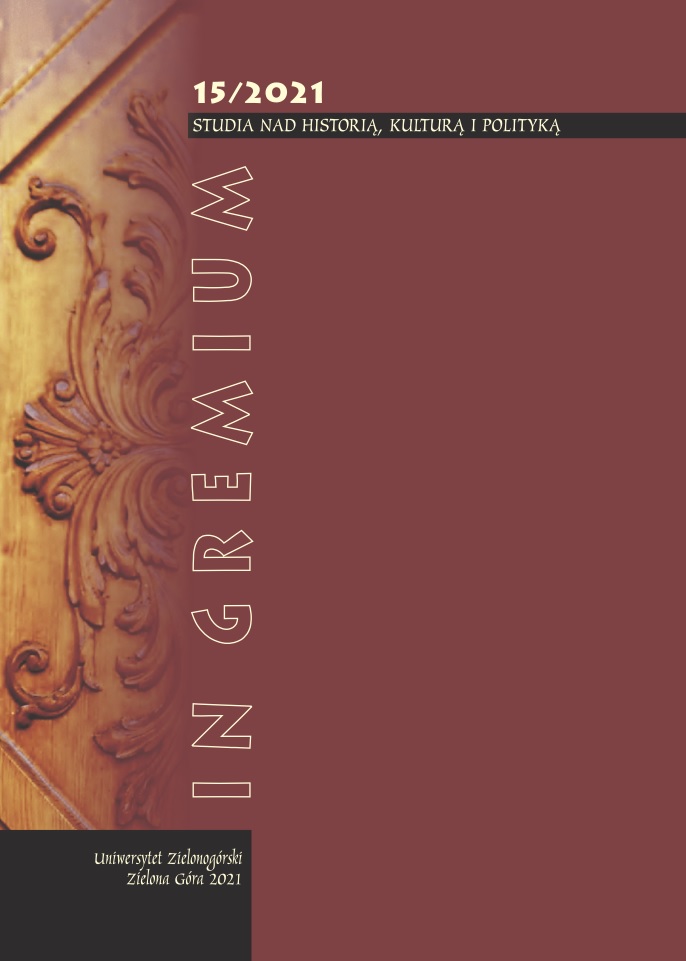Abstract
The Fontana family, which has always been known as an exponent of architecture and stucco decoration between the 17th and 18th centuries, has in Carlo Fontana the greatest representative in the field of architecture. Carlo collaborated in many projects with the sculptor, plasterer and decorator Antonio Raggi, who was also the master of Carlo’s cousin, Baldassarre Fontana. With this article we would like to outline the relationship between the decorations and the architectures of Carlo Fontana and the continuity and discontinuity of this relationship also implemented by his cousin Baldassarre. The contacts with many plasterers, coming from the territories of northern Italy and Switzerland, also requested by Carlo, allowed both the use of “known” labour within the construction sites followed by Fontana and a dissemination of knowledge of stucco’s art in central Italy. This task was also carried out by the sculptor and plasterer Raggi, who worked with the architect from Rancate and played an important role in Baldassarre Fontana’s stylistic training. Baldassarre also experimented with late Baroque languages in the Moravian and Polish construction sites. The plastic arts are a common thread that accompanies both the “genealogy” of the Fontana family and the architectures that were designed and decorated by it.
References
Bartczakowa A., Jakub Fontana arcbitekt warszatvski XVIII wieku, Warszawa 1970.
Bonaccorso G., Moschini F. (edited by), Carlo Fontana 1638-1714. Celebrato Architetto, “Quaderni degli Atti dell'Accademia Nazionale di San Luca” 2017.
Buczkowski K., Dom Hippolitow w Krakowie, “Rocznik Krakowski” 1929, XXII, pp. 107-108, 113-114.
Curzietti J., Giovanni Battista Gaulli. La decorazione della chiesa del. SS. Nome di Gesù, Rome 2015.
Deupi V., Architectural temperance, Spain and Rome, 1700-1759, New York 2015.
Eisler W., Carlo Fontana and the maestranze of the Mendrisiotto in Rome. In Fagiolo F., Bonaccorso G. (edited by), Studi sui Fontana. Una dinastia di architetti ticinesi a Roma tra Manierismo e Barocco, Rome 2008, pp. 355-384.
Karpowicz M., Baldasar Fontana, 1661-1733. Un berniniano ticinese in Moravia e Polonia, Fondazione Ticino Nostro, Lugano 1990.
Karpowicz M., I Fontana di Brusata in Polonia. In Fagiolo M., Bonaccorso G. (edited by), Studi sui Fontana una dinastia di architetti ticinesi a Roma tra Manierismo e Barocco, Rome 2008, pp. 399-410.
Kowalczyk J., Il ruolo di Roma nell’architettura polacca del tardo barocco, Accademia Polacca delle Scienze - Biblioteca e Centro Studi a Roma, Upowszechnianie Nauki - Oswiata “UN-O”, Varsavia - Rome 1996.
Lo Bianco A., Barroero L. (edited by), Pietro da Cortona 1597-1669, Milan 1997.
Máčelová L., Baldassare Fontana na Moravě, Brno 1949.
Petrucci G., L’apertura della via Alessandrina: idee e progetti, realizzazione, “derivazioni” cinquecentesche. In Guidoni E., Petrucci G., Urbanistica per i giubilei. Roma, via Alessandrina. Una strada “tra due fondali” nell’Italia delle corti (1492-1499), Rome 1997, pp. 28-29.
Quagliaroli S., Spoltore G. (edited by), «Quegli ornamenti più ricchi e più begli che si potesse fare nella difficoltà di quell’arte». La decorazione a stucco a Roma tra Cinquecento e Seicento: modelli, influenze, fortuna, “Horti Hesperidum”, 2019, 9, 1.
Riccomini E., Ordine e vaghezza: la scultura in Emilia nell’età Barocca, Bologna 1972.
Santa Maria in Traspontina, in Le Chiese di Roma. Cenni religiosi, storici, artistici, Istituto di Studi Romani, Rome, n. 63, Rome 1955.
Stehlik M., Nastin dejin socharstvi 17. A 18. Veku na Morave, in “Studia Minora Facultatis Philosophicae Univ. Brunensin” 1975-1976, 19-20, pp. 27-32.
Tetti B., Carlo Fontana e i sistemi costruttivi per gli apparati effimeri. Il catafalco di Pedro II in Sant’Antonio dei Portoghesi. In Bonaccorso G., Moschini F. (edited by), Carlo Fontana 1638-1714. Celebrato Architetto, “Quaderni degli Atti dell'Accademia Nazionale di San Luca” 2017, pp. 350-357.
Zapletalová J., Saly terreny zámku v Kroměříži a návrhy soch pro podzámeckou zahradu, in “Umění Art” 2017, LXV, 3, pp. 269-282.
Zocca M., La chiesa di Santa Maria In Traspontina e i suoi architetti, in “L’Arte” 1938, 2, pp. 138-150.


